Oppo R7 Plus Review of Specifications
Do you want to comprehend what is the meaning of NFC? Have you read Oppo R7 Plus review and catalog and noticed some hazy things? If you want answers to these questions, and many more about Oppo R7 Plus specifications, then you are in the right place.
After announcing Oppo R7 Plus by Oppo on 5/1/2015, this model has been Released 2015, May. However, this model status in the market is: Discontinued.
When you buy Oppo R7 Plus, you will gain a 13 MP, f/2.2, 1/3.1″, 1.12µm, Laser AF rear camera and 8 MP, f/2.4 selfie camera. it Also has 32GB 3GB RAM, and 4100 mAh battery life (the more mAh value gives more strength to the battery).
Oppo R7 Plus comes with Corning Gorilla Glass 3 as a display protection that is designed to protect the screen when the phone falls on hard and rough surfaces, and with 6.0 inches, 99.2 cm2 screen size.
Oppo R7 Plus comes with the following OS and chips:
* Android 5.1.1 (Lollipop), ColorOS 2.1 operating system,
* Qualcomm MSM8939 Snapdragon 615 (28 nm) Chipset
* Octa-core (4×1.5 GHz Cortex-A53 & 4×1.0 GHz Cortex-A53) Processor.
To understand the meanings of device features, continue reading this Oppo R7 Plus review.
Understanding The Body Features By Reading Oppo R7 Plus Review
When planning to purchase a new smartphone, the body characteristics must be taken into consideration. These physical specifications include body size, weight, and build. You can read Oppo R7 Plus review in terms of the body characteristics in the lines that follow.
* Body Dimensions: 158 x 82 x 7.8 mm (6.22 x 3.23 x 0.31 in) which mean height, width, and thickness (depth) respectively.
* Body Weight: 192 g (6.77 oz).
For smartphones, a weight between 140g to 170g is considered convenient for most people.
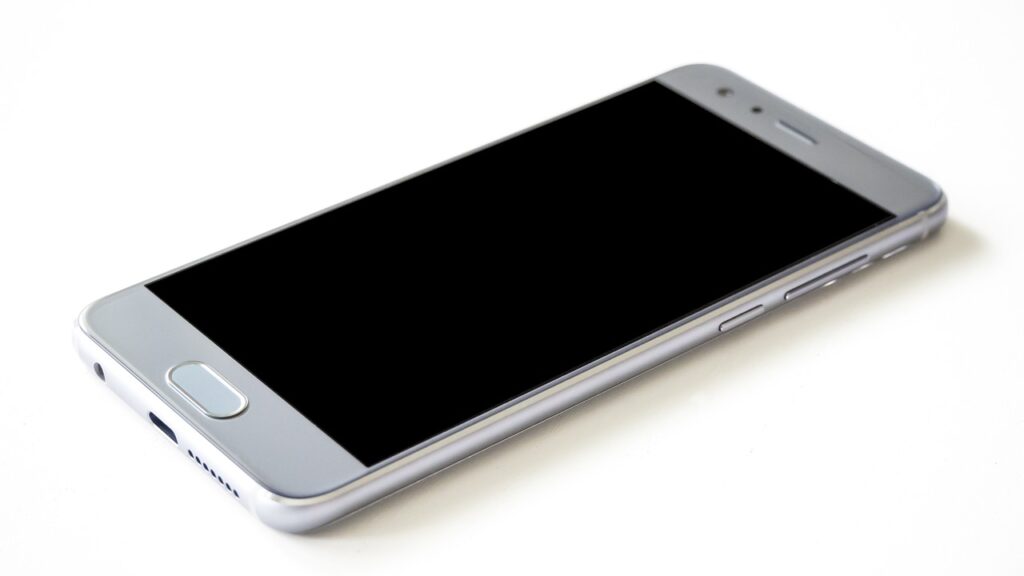
The Available Colors – Oppo R7 Plus Review
There is no better or worse color for the smartphones case, but it hinges on two things: the first one is your personal taste, the second is the type of work you do.
Oppo R7 Plus comes in the following colors: Golden, Silver.

Oppo R7 Plus Review – Understanding Display jargon
The smartphone’s screen is the fundamental element of the user interface, Therefore, it’s crucial to identify all about it., then you can choose a smartphone with screen that provides your needs.
The following lines explain the main characteristics of Oppo R7 Plus. screen
Display Type: AMOLED – Note to go for a display kind that offers more vibrant colors and actual black..
Display Size: 6.0 inches, 99.2 cm2 – Actually, the average mobile phones screen size is between 4.7 and 6.5 inches.
Screen To Body Ratio: (~76.6% screen-to-body ratio). It gives the percentage of how much the display covers the front side. Smartphones that have the largest screen to body ratio look delicate and give it a premium look.
Display Ratio: 16:9 ratio. the Aspect ratio is the relevance between the height and width of the smartphone screen. Taller aspect ratios like 19.5:9 is coming with the most modern smartphones, and it is suitable for web browsing, and other portrait orientation apps.
Display Resolution: 1080 x 1920 pixels. It is the clarity of an image video in details and sharpness. The pixel resolution for high definition screens is 1920 x 1080.
Display Density: (~367 ppi density). It is the number of physical pixels per inch on a screen, and is measured in Pixels Per Inch (ppi).
Display Protection: Oppo R7 Plus comes with the following display protection:
* Corning Gorilla Glass 3
* Corning Gorilla Glass 3.
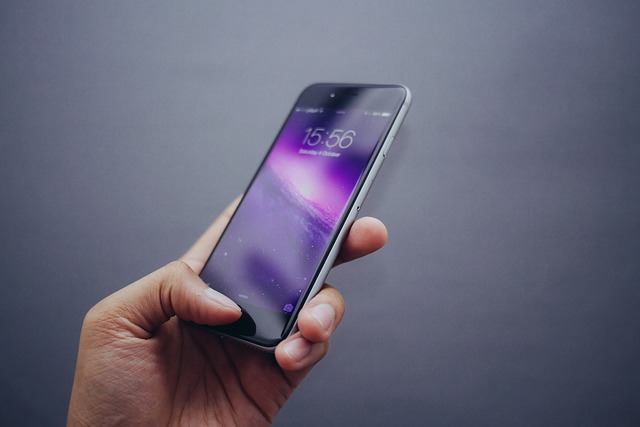
No More Camera Specs Confusing – Oppo R7 Plus Review
In the following lines, you will find Oppo R7 Plus review about the main cameras.
* Main Camera Single: {13 MP, f/2.2, 1/3.1″, 1.12µm, Laser AF}.
The following lines explain some of the symbols included in the camera characteristics:
MP (Megapixels) is the resolution of the image taken by a cellphone.
(f value) is the aperture of a lens indicates how much light it lets in. A bigger aperture lets in more light, whilst a smaller aperture lets in less light..
(mm value) This measurement is of the lens’s focal length, which affects the final image that is produced by your camera.
AutoFocus (AF) is the function of a camera to automatically focus on a subject.
The main camera features are as follows:
HDR, panorama, Schneider-Kreuznach optics, 1080p@60fps, 720p@120fps main video camera.
Here is the Oppo R7 Plus review of the selfie camera:
* Selfie Camera Single: 8 MP, f/2.4
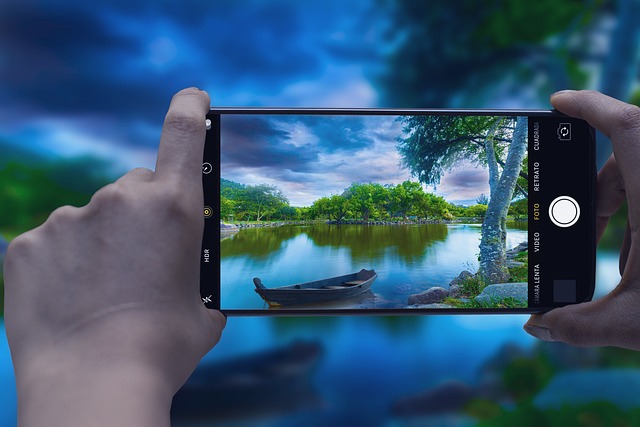
Oppo R7 Plus Review of the SIM Card
A SIM card, also known as a Subscriber Identity Module, is an electronic card that stores information including user identity, phone number, network authorization data, personal security keys, and contact lists. A SIM card connects a cellular phone to a specific mobile network to use its functions, like making calls, connecting to internet services such as 3G, 4G LTE (please refer to Oppo R7 Plus 3G or Oppo R7 Plus 4G articles ) and 5G, or sending SMS messages. Please note that its possible to use your smartphone without SIM card as a personal assistant device.
This cellular phone model comes with Hybrid Dual SIM (Nano-SIM/ Micro-SIM, dual stand-by) card. For more information, refer to How to insert SIM card in Oppo R7 Plus article.
Here are the popular SIM card types:
* Nano SIM. This removable SIM card size is the smallest available one, so it is the most modern one (other than eSIMs, which we’ll read about it very soon) and most current smartphones are using it.
* Micro SIM. They have a slightly larger chip, and they’re seldom been used in the recent years.
* Standard SIM (Mini SIM). It is the biggest SIM card size in use, and it’s the most rarely used.
* eSIM. It is an embedded SIM card, i.e., you can’t take it off of your cellular phone.

The Performance – Oppo R7 Plus Review
This model has Qualcomm MSM8939 Snapdragon 615 (28 nm) chipset.
Advanced embedded chipsets in cellphones allows the performing of many different tasks depending on their programming. They are built-in as part of the complete device including hardware and mechanical components. The most common chipset kinds are: QUALCOMM Snapdragon, INTEL ATOM, and MEDIATEK CHIPSETS..
Oppo R7 Plus has Octa-core (4×1.5 GHz Cortex-A53 & 4×1.0 GHz Cortex-A53) CPU.
CPU (Central Processing Unit) performance is vital for the daily user experience. Thus, the higher the number of cores, and the higher the value of processing speed the better the performance will be..
Oppo R7 Plus has the following GBU (Graphics Processing Unit): Adreno 405.
This chip is responsible for handling all graphics jobs. Actually, Users are now more aware of the many types of GPU chips included in cellphone chipsets and sometimes take their performance into account when making purchases.
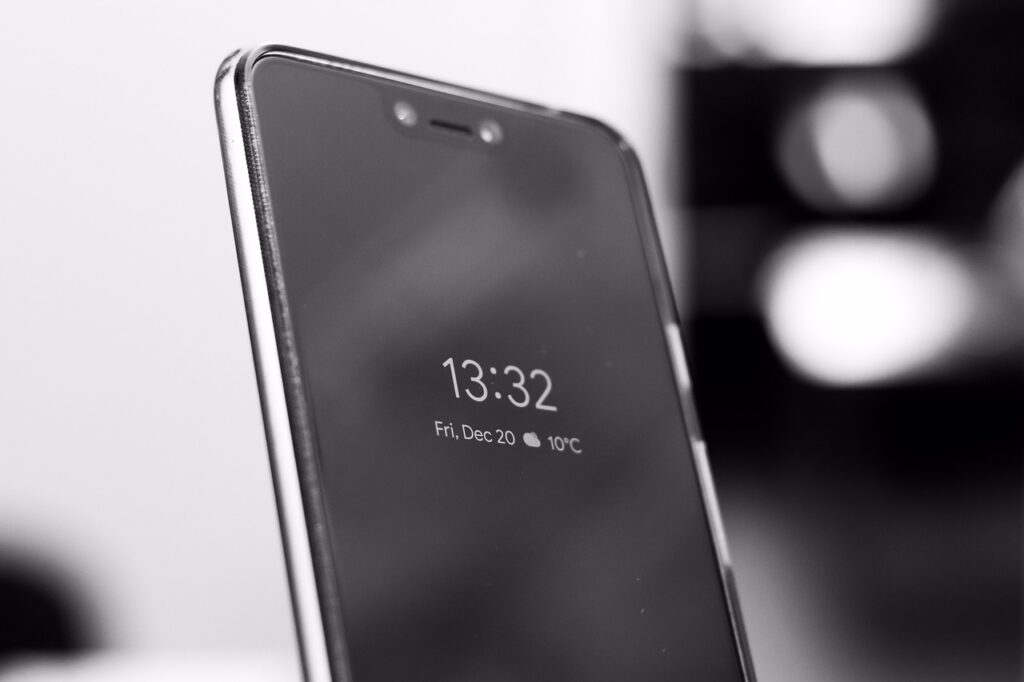
Oppo R7 Plus Review of the Storage specifications and Capacity
One of the fundamental deciding factors when you intend to purchase a new cellphone is the amount of storage it offers. Actually, Oppo R7 Plus comes with microSDXC (uses shared SIM slot) memory card slot, and the following internal storage: 32GB 3GB RAM – 64GB 4GB RAM
There are two types of phone’s memory:
Internal: It is built in the phone, and can’t be increased. Nowadays, the majority of cellular phones have internal memory that is at least 32GB or 64GB and a few high-end models feature 256GB or 512GB.
External: It is a removable SD card used as an extra storage to store photos, music, videos, etc., regardless of the type of SD card slot.
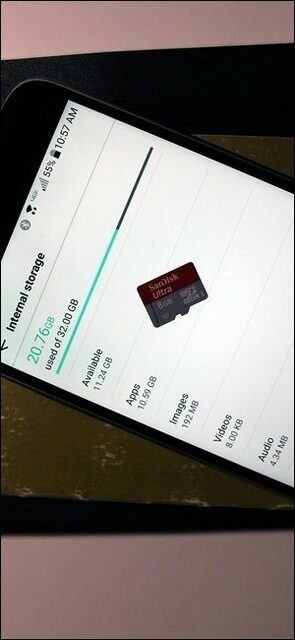
Oppo R7 Plus Review – Mobile Networks and communication
A mobile network, often known as a wireless network, is a system for transmitting and receiving radio waves between users. It is made up of base stations, each of which comprises a separate region or “cell”. This makes it possible for several mobile transceivers such as cellphones to communicate together. By the way, there are three types of mobile networks in use: 3G, 4G (LTE), and 5G.
Oppo R7 Plus supports the following networks: 3G. For more info, refer to Oppo R7 Plus 3G article. – 4G. For more info, refer to Oppo R7 Plus 4G article.

Available Wireless Connections – Oppo R7 Plus Review
This model comes with the following wireless connections:
* WLAN connection: {Wi-Fi 802.11 a/b/g/n/ac, dual-band, Wi-Fi Direct, hotspot}. Wireless Local Area Network uses Wi-Fi to communicate to the home or office wireless network using the local router and offers Internet access.
* Bluetooth connection: {4.0, LE}. It is a common wireless communication protocol used to communicate two devices together over short distances, allowing them share data between different devices.
* GBS connection: {Yes, with A-GPS, GLONASS}.Global Positioning System enables mobile phone to locate any position you need.
* USB connection: {microUSB 2.0, USB On-The-Go}.Universal Serial Bus is wired technology that allows users to connect two devices, such as a smartphone with a PC, to either transfer data or to charge the connected device.
* Features Sensors: {Fingerprint (rear-mounted), accelerometer, proximity, compass}. The sensor is a device that detects and majors the changes in the nearby environment such as ambient light and motion.

The Operating System – Oppo R7 Plus Review
This model comes with {Android 5.1.1 (Lollipop), ColorOS 2.1} operating system.
Battery Main Specifications – Oppo R7 Plus Review
Nothing is more essential than the mobile phone’s battery, which powers these gadgets and keeps daily life going. In the following lines, you’ll see Oppo R7 Plus review of its main battery.
* Battery Technology: {Li-Po}.
* Oppo R7 Plus comes with {non-removable} battery.
* Battery Capacity: {4100} mAh. It refers to the amount of storage volume a specific battery can provide. A battery with 3100 mAh capacity rating could supply a current of 3100 mA for one hour. Higher mAh ratings for the same battery type will generally mean more working time.
* Battery Charging: {Fast charging 44W}.
* Battery Charging Time: {70% in 34 min (advertised)}.
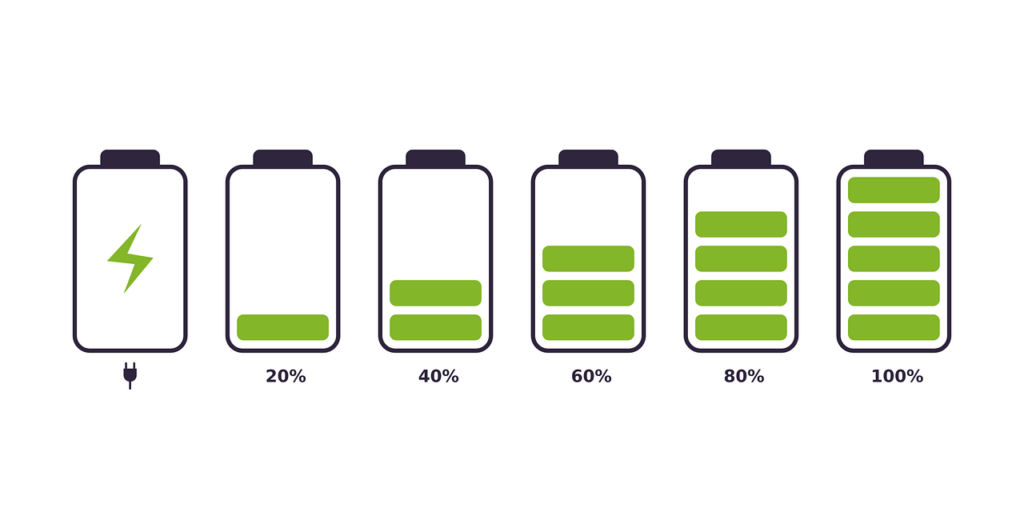
The Battery Secondary Specs – Oppo R7 Plus Preview
In addition to the major Oppo R7 Plus specifications that we mentioned earlier, this model has more battery-related characteristics that are relatively different depending on the type of the cellular phone. These specs are as follows:
* Battery Charging Original: {Fast charging 20W, 75% in 30 min (advertised), VOOC}.

